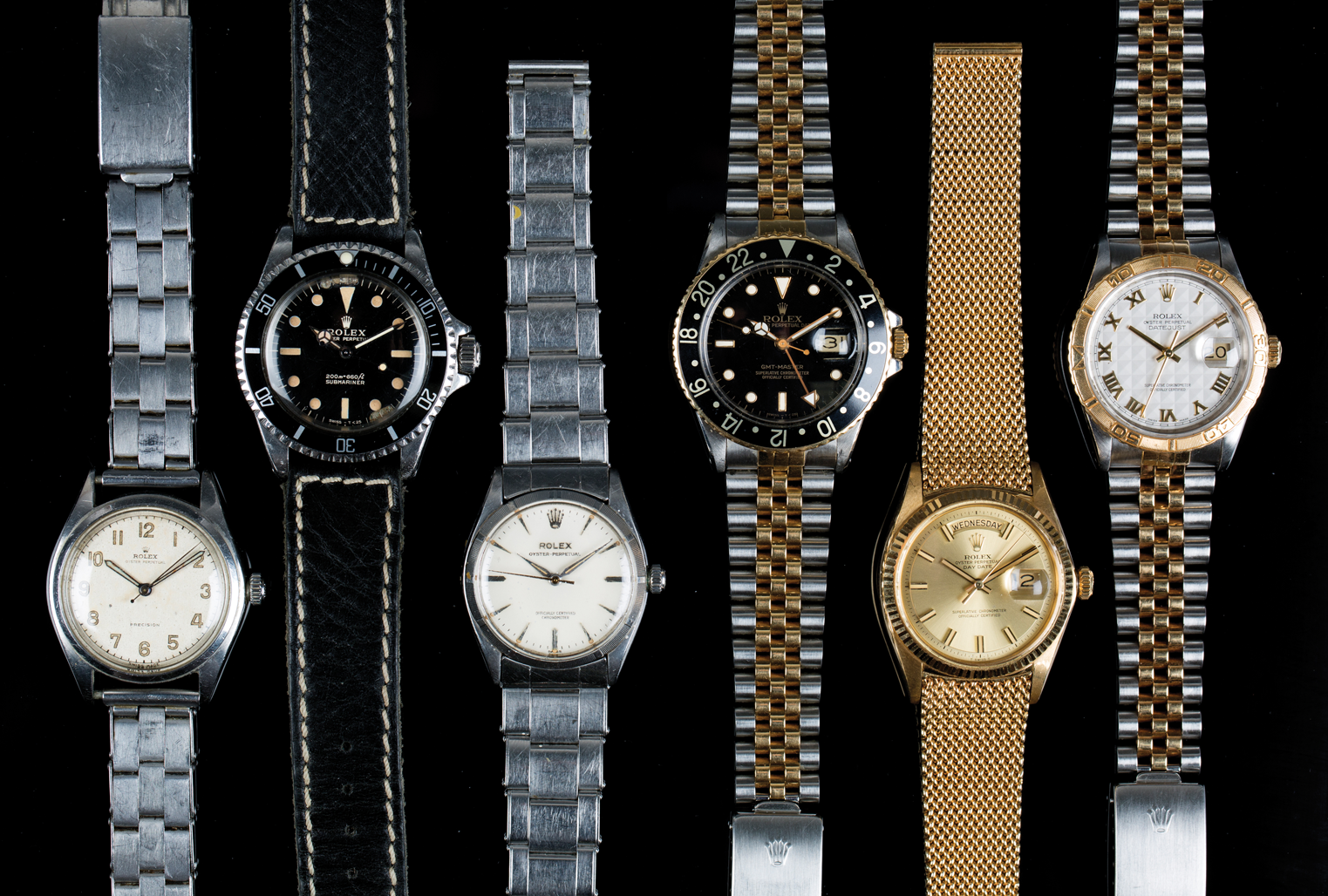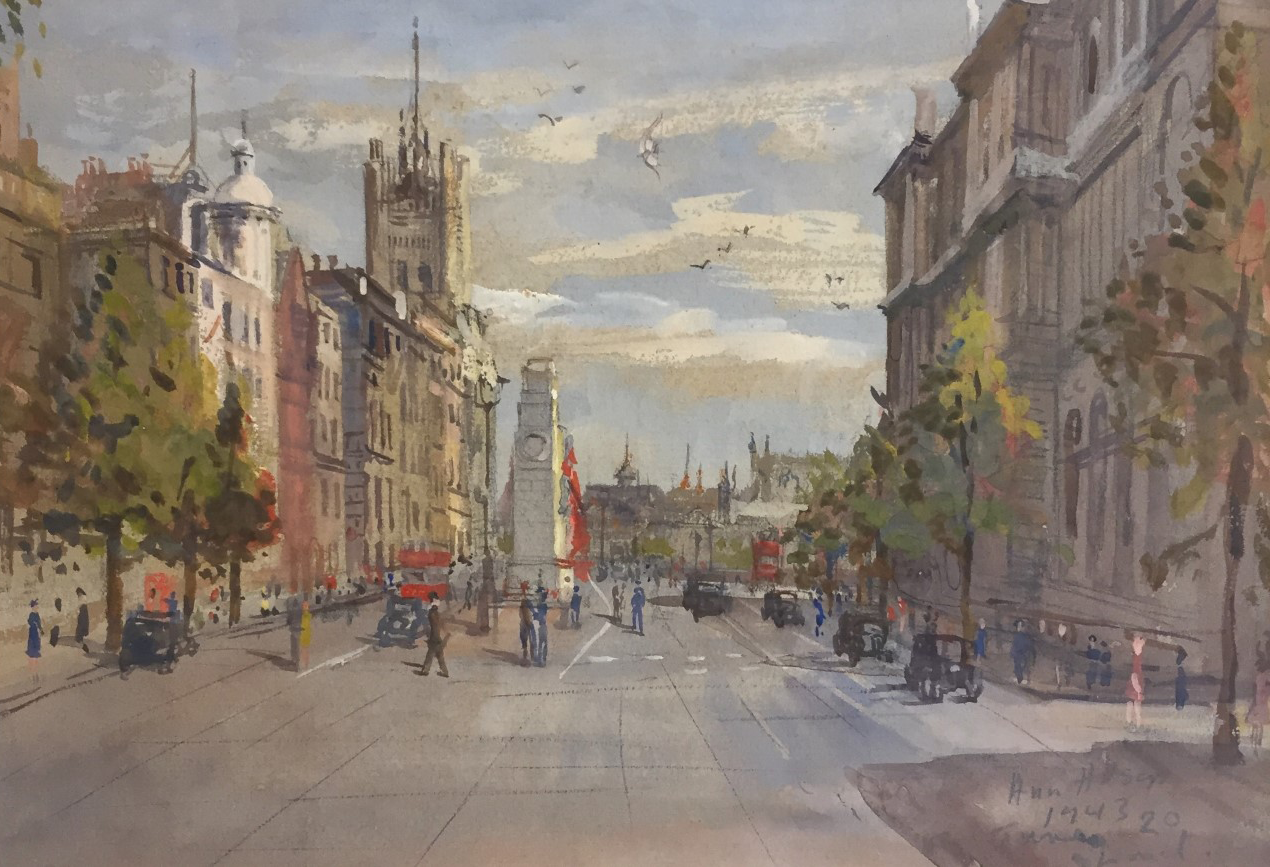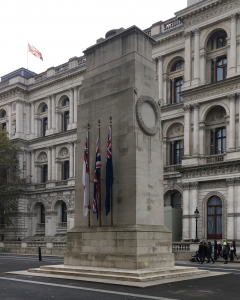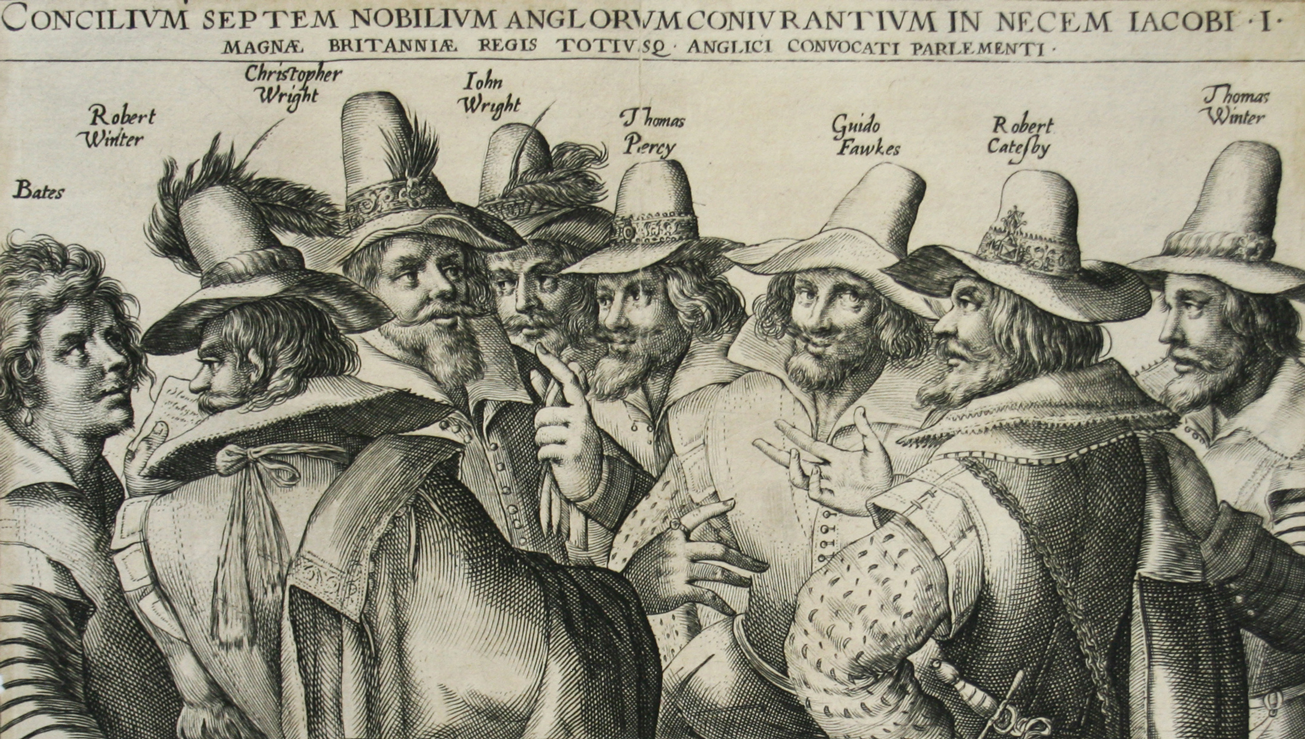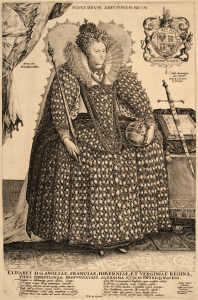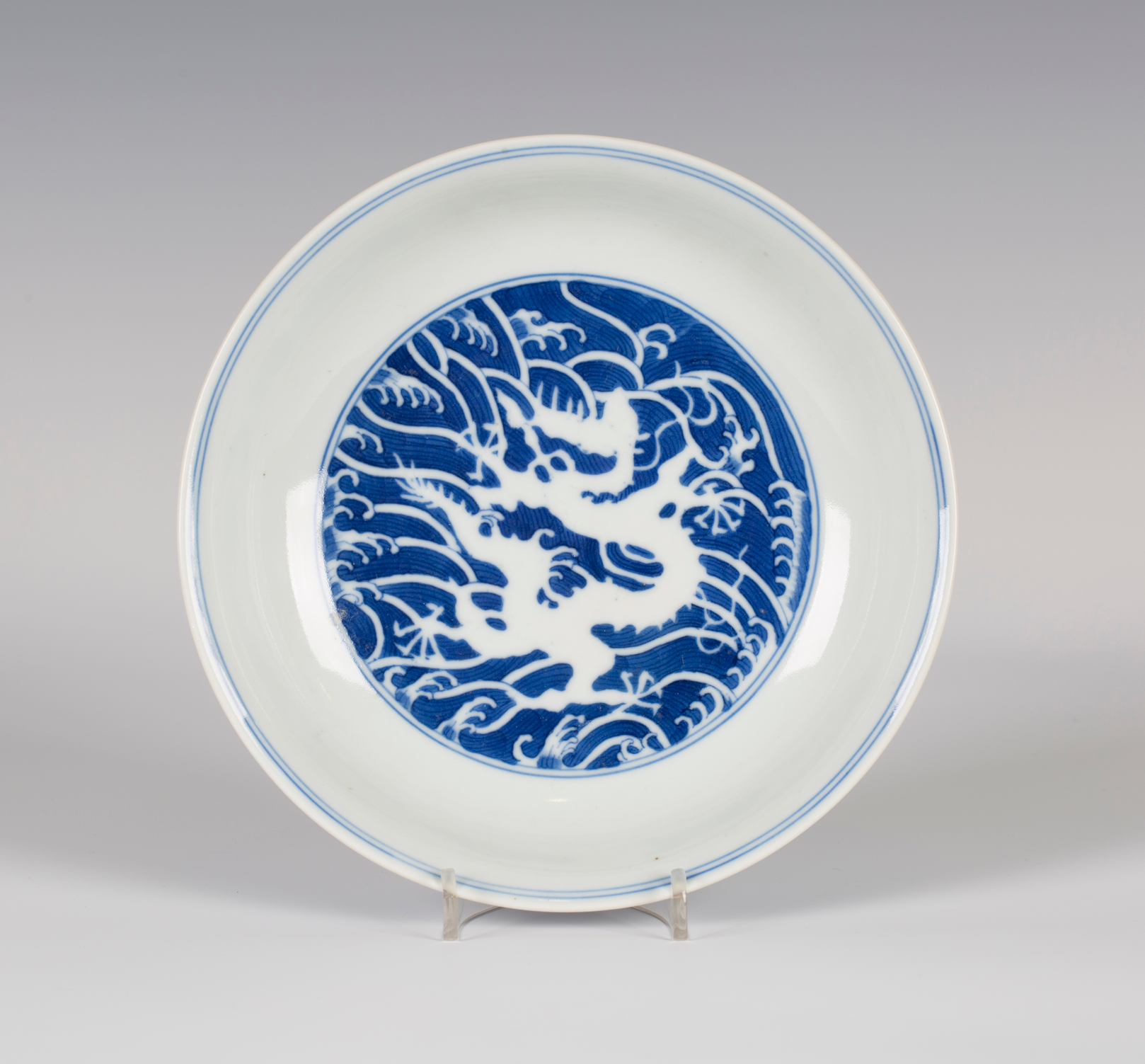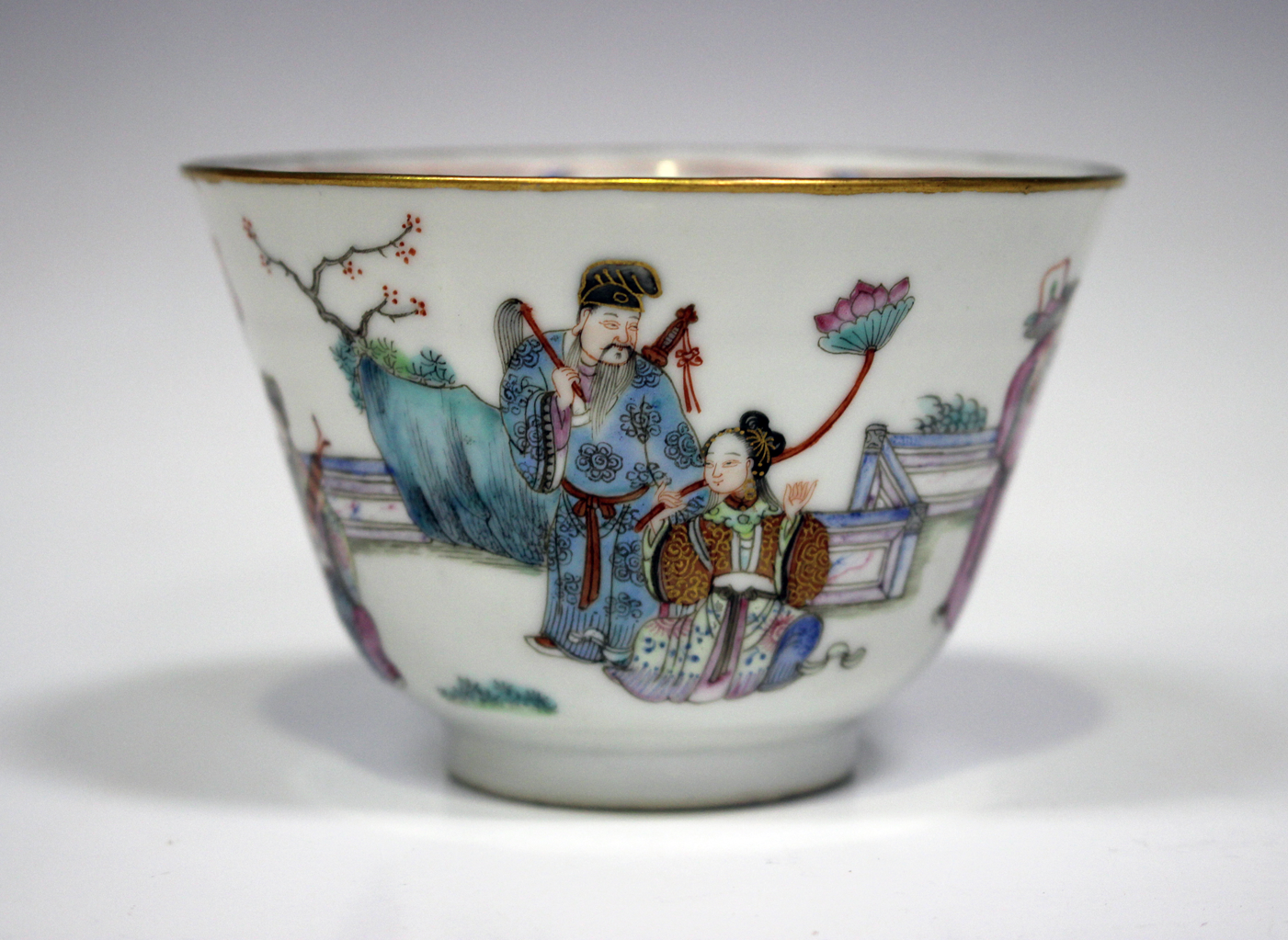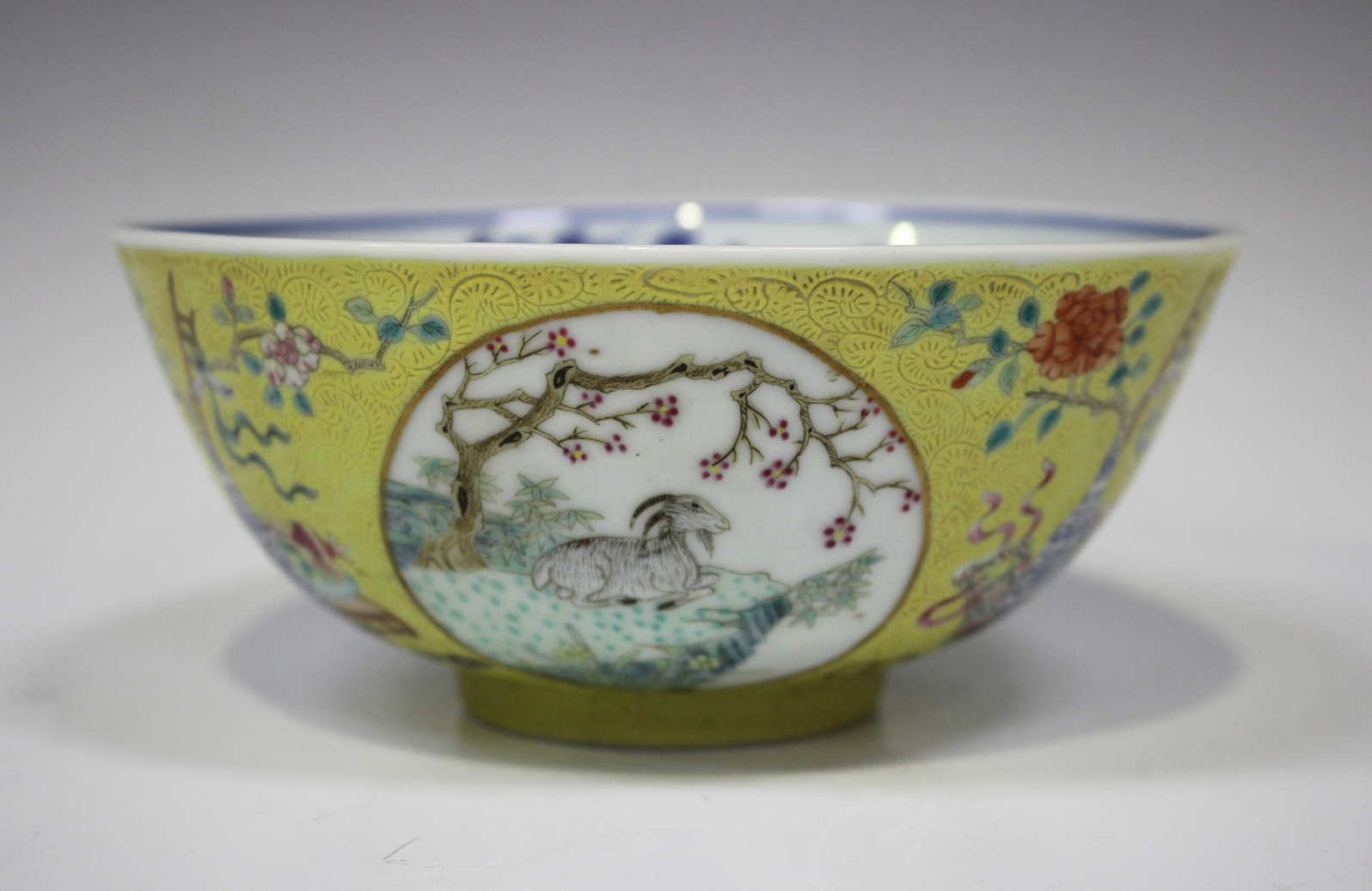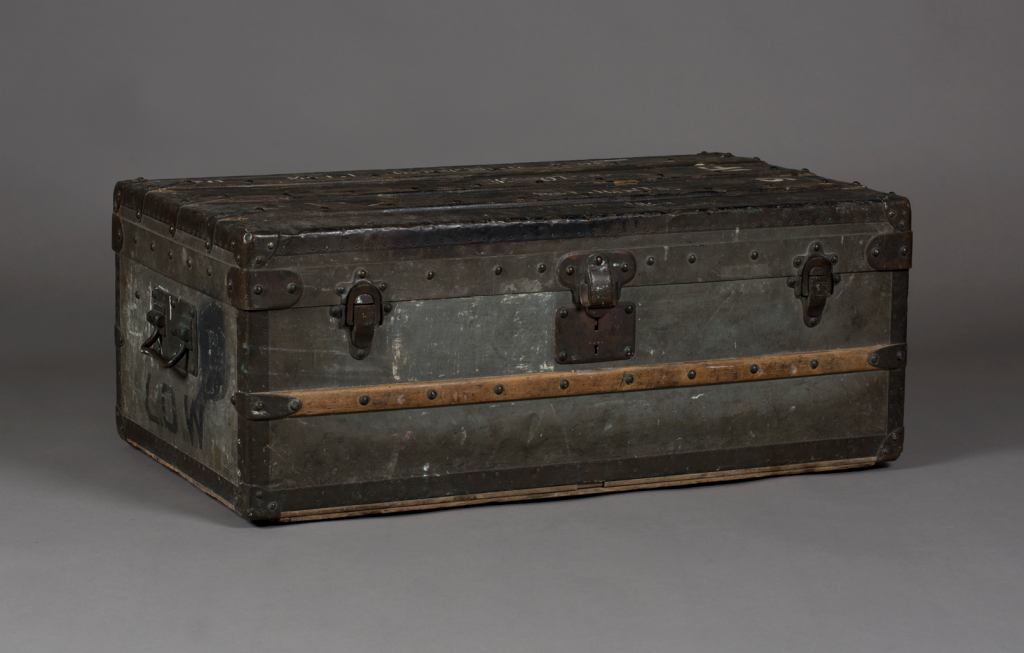
Toovey’s have unearthed another rare Louis Vuitton ‘Explorer’ travelling trunk.
This rare Louis Vuitton zinc covered ‘explorer’s’ cabin trunk (malle cabine) was produced circa 1895. The interior displays the original printed label numbered ‘33525’, and is comparable to the example we sold in October 2017 (read our blog post here). The current vendor having discovered our previous success was surprised by the value and decided to consign it with Toovey’s.
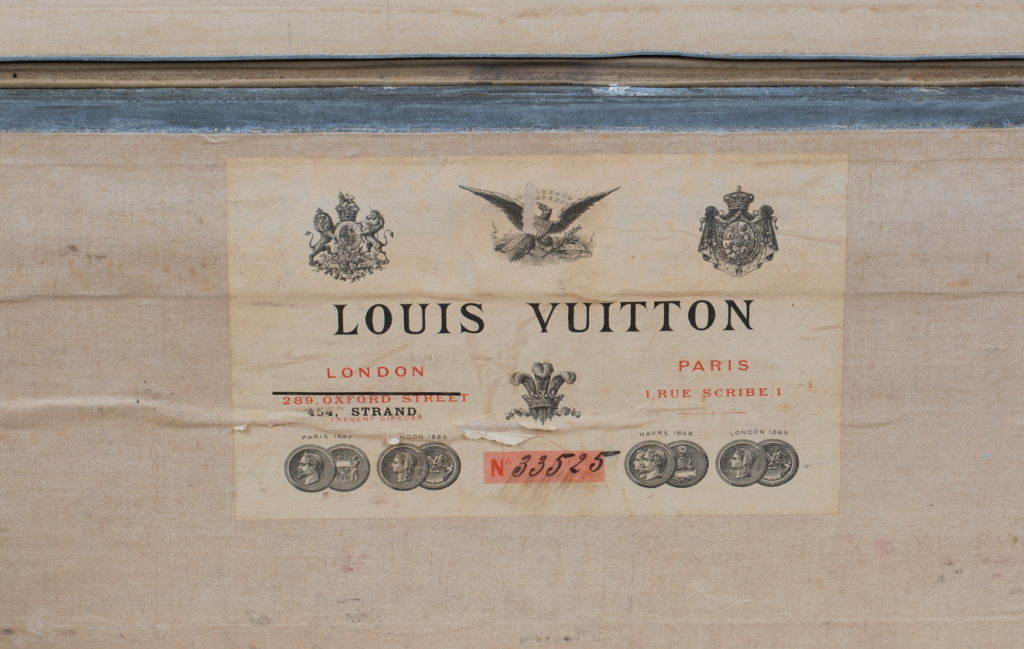
These trunks were issued in zinc and aluminium and were designed to withstand the extreme environments of the late 19th century explorer, giving the trunks their nickname.
This rare cabin trunk will be offered for sale at Toovey’s on Friday 6th December 2019 with a pre-sale estimate of £20,000-30,000. Please contact Will Rowsell for any enquiries regarding this trunk.
